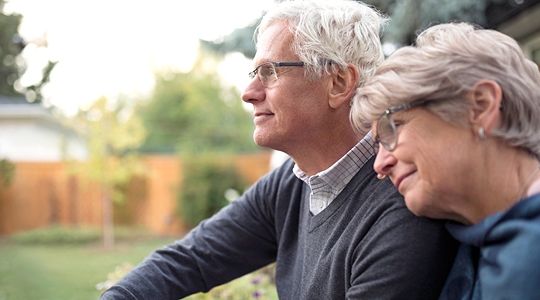By Sally Crosswell, Journalist for Proctor, Queensland Law Society
Elder abuse is a single or repeated act, or a lack of action, within a relationship of trust, which causes harm or distress to an older person.
One in six older Australians reports experiencing abuse, and the most common perpetrators are adult children.
About 61 per cent of older people do not seek help when they are abused. There are many reasons for this, including feelings of shame or self-blame, fear of retaliation, worries about involving other family members, or concern at being institutionalised.
Types of elder abuse
- Psychological: examples are insults or threats, humiliation, disrespect and controlling behaviours such as confining or isolating.
- Financial: misuse or theft of money or assets. Examples are using finances without permission, withholding care for financial gain, and selling or transferring property without the older person’s knowledge or permission.
- Physical: examples are hitting, pushing and kicking, and the inappropriate use of medical restraints.
- Sexual: sexual behaviour performed without an older person’s consent. Examples are sexual contact and non-contact acts that cause an older person to feel uncomfortable or threatened, or cause physical harm.
- Social: forced isolation by restricting the older person’s access to family, friends and services.
- Neglect: the failure to meet an older person’s basic needs such as food, medical care, supervision and social contact.
If you believe you or someone you know has been subject to elder abuse, please call the Eder Abuse Helpline on 1300 651 192 (Queensland only) or visit the Department of Child Safety, Seniors and Disability Services website.


.jpg?width=1000&height=563&mediaprotectionhash=6c8933cc3de3526413a723f4b979322b646fc901dd68fcd45f03e0c89ed3e46d&ext=.jpg)